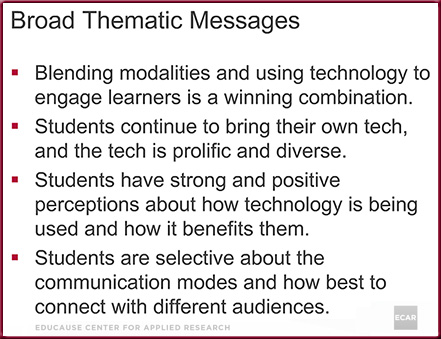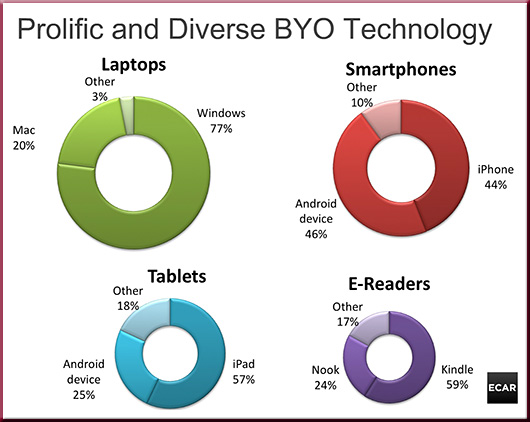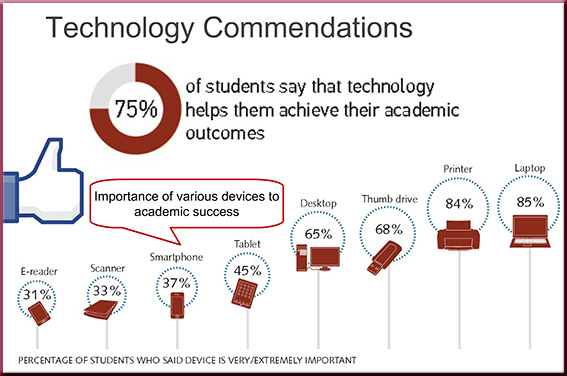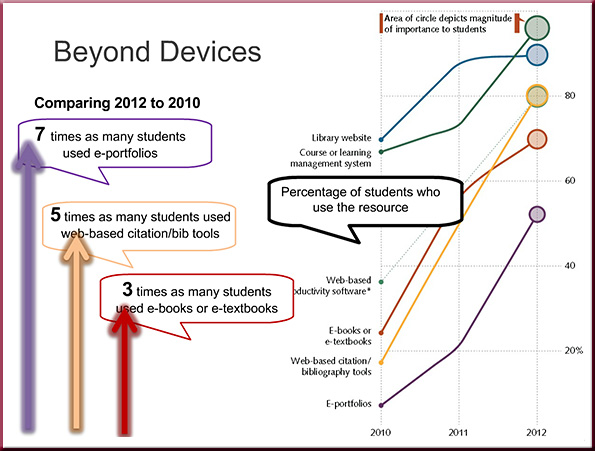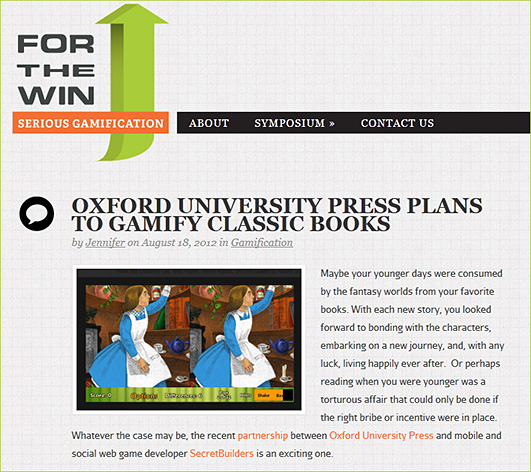Microsoft unveils Xbox One: the ultimate all-in-one home entertainment system — from microsoft.com
Excerpt:
REDMOND, Wash. — May 21, 2013 — A new vision for the future comes to life today as Microsoft Corp. unveils Xbox One , the all-in-one gaming and entertainment system created for today and the next generation. At Microsoft headquarters in Redmond, Wash., the company showcased how Xbox One puts you at the center of all your games, TV, movies, music, sports and Skype.
“Xbox One is designed to deliver a whole new generation of blockbuster games, television and entertainment in a powerful, all-in-one device,” said Don Mattrick, president, Interactive Entertainment Business at Microsoft. “Our unique, modern architecture brings simplicity to the living room and, for the first time ever, the ability to instantly switch across your games and entertainment.”
…
With Xbox One, games push the boundaries of realism, and TV obeys your commands. Say “Xbox On” to launch your personalized Xbox One Home screen, discover what is popular on TV or see friends’ latest gaming achievements all using the most natural interface — your voice. The more you interact with Xbox One, the more it gets to know you and learns what you like.
From DSC:
Here’s the item I find particularly interesting (emphasis DSC):
- Skype for Xbox One.
Specially designed for Xbox One, talk with friends on your TV in stunning HD, or for the first time ever, hold group Skype calls on your TV.











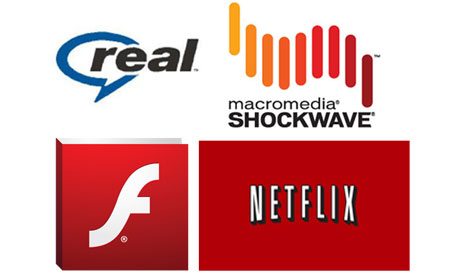
![The Living [Class] Room -- by Daniel Christian -- July 2012 -- a second device used in conjunction with a Smart/Connected TV](http://danielschristian.com/learning-ecosystems/wp-content/uploads/2012/07/The-Living-Class-Room-Daniel-S-Christian-July-2012.jpg)



